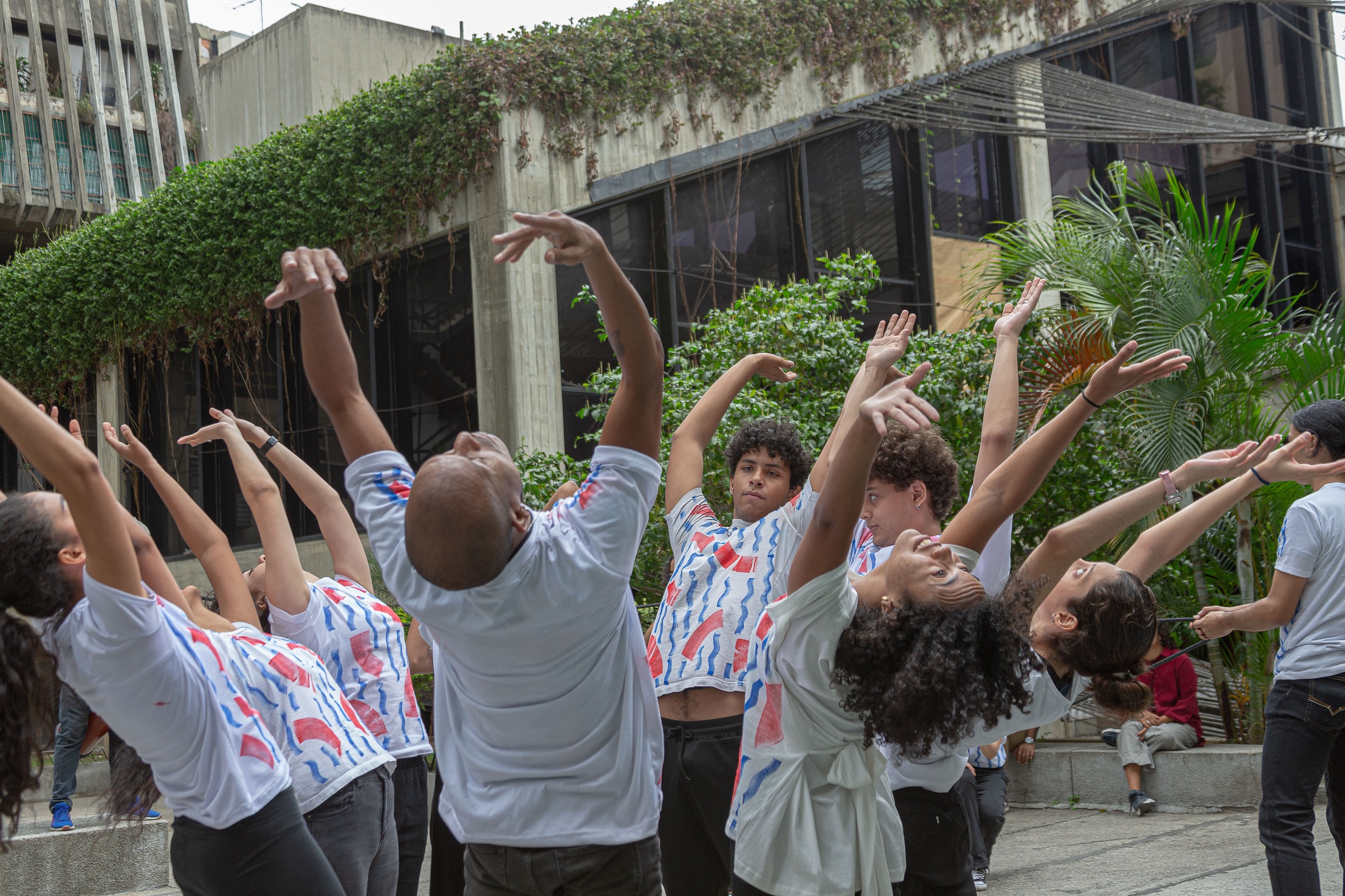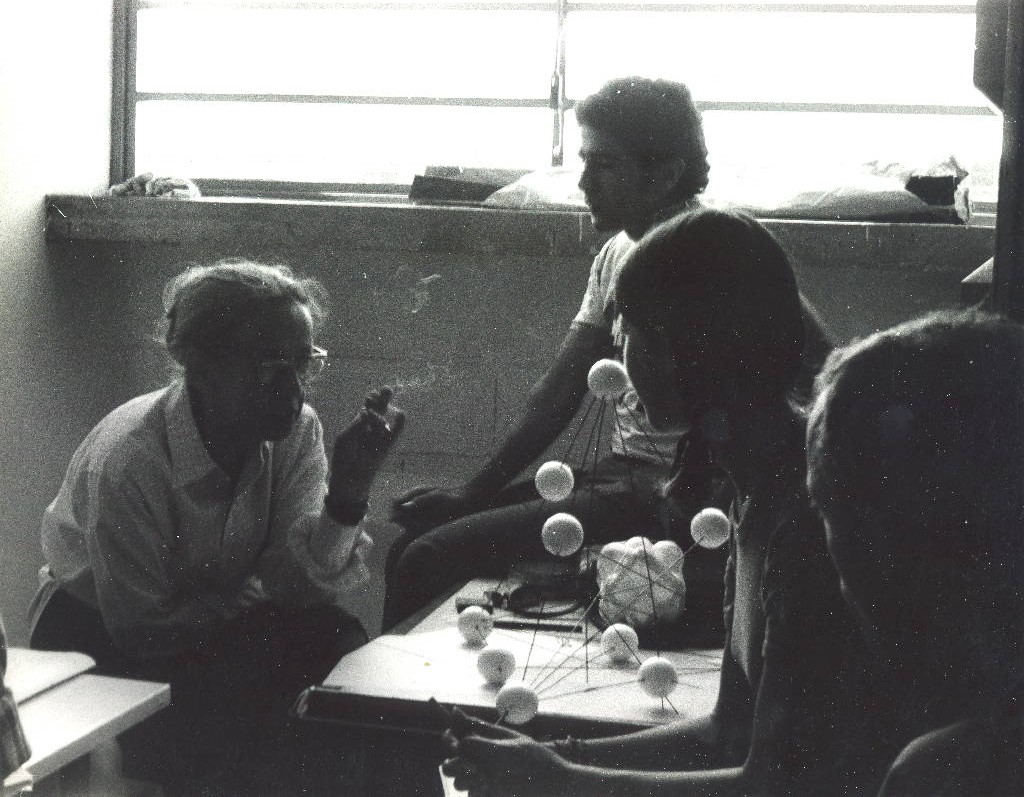The Dance of the Spirit: Ideas and Teachings of Sonia Sanoja
11/20/2023
Because of the scope of her legacy, [...] it is urgent to analyze and reflect on her teaching contributions, since it is in this integral space where we can multiply the essence of her knowledge and perpetuate her spirit.
SONIA SANOJA: The Nature of Her Creative Spirit
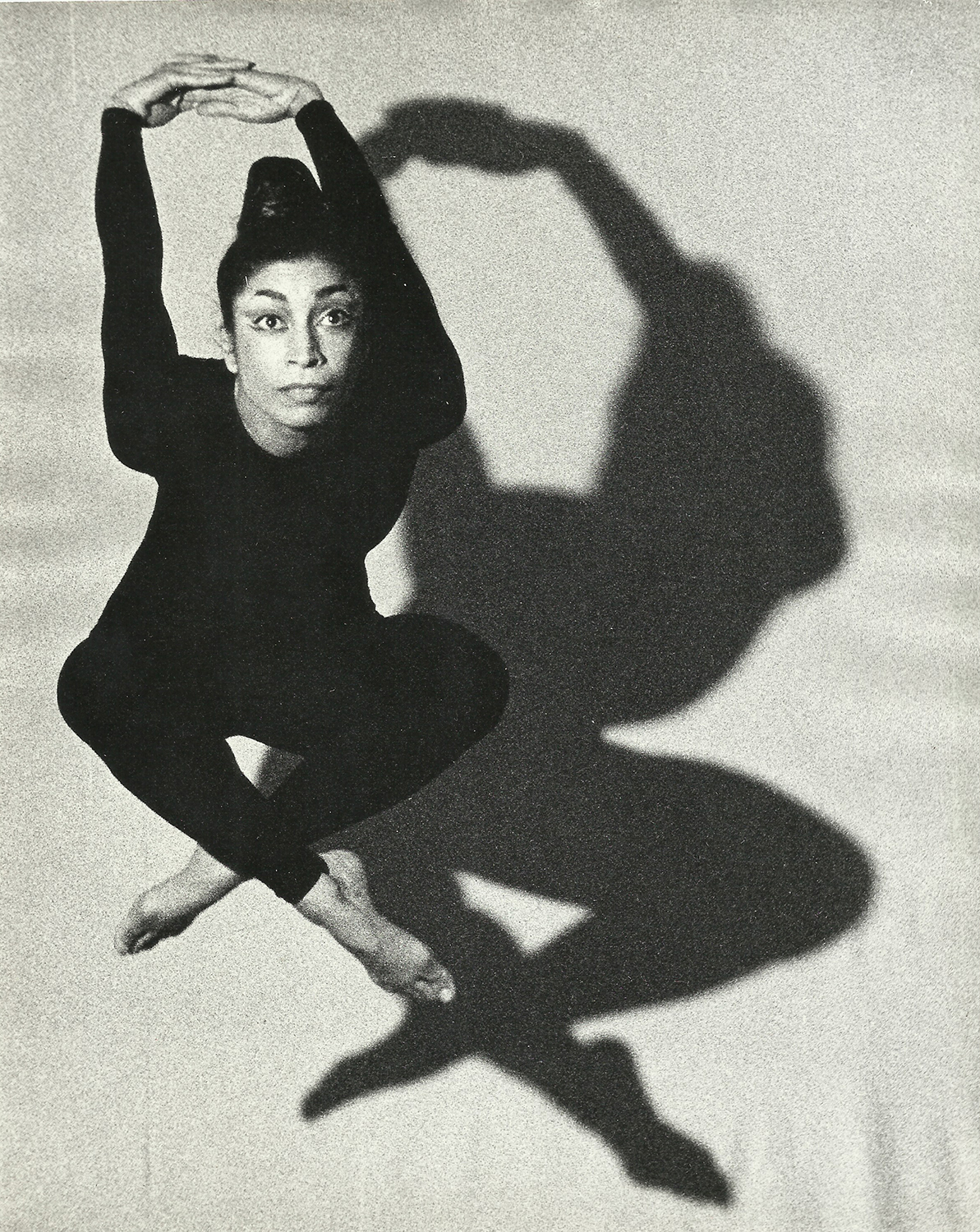
«With our feet on the earth we dance.
No earth is free from moist and kneading done with the sweat and weight of those who invented one of the first human expressions.» [1]
Dancer, choreographer, philosopher, and poet2 Sonia Sanoja (Caracas 1932–2017) is a fundamental reference of modern dance in Venezuela, since in addition to her gestures, her solo dances, her group choreographic proposals, her work as a poet who integrates with absolute brilliance the body and the word, she is essentially a teacher. Her writings on dancing movement, which approached the labyrinths of thought with rigor and solidity in the form of essays, are essential material for choreographic composition, the academic field, research, and artistic creation at large.
The authentic and unique way of approaching the transmission processes of her knowledge necessarily leads us to a conceptual and aesthetic review of her work, which integrates everything. Because of the scope of her legacy, which has a universal resonance that exceeds our borders, it is urgent to analyze and reflect on her teaching contributions, since it is in this integral space where we can multiply the essence of her knowledge and perpetuate her spirit.
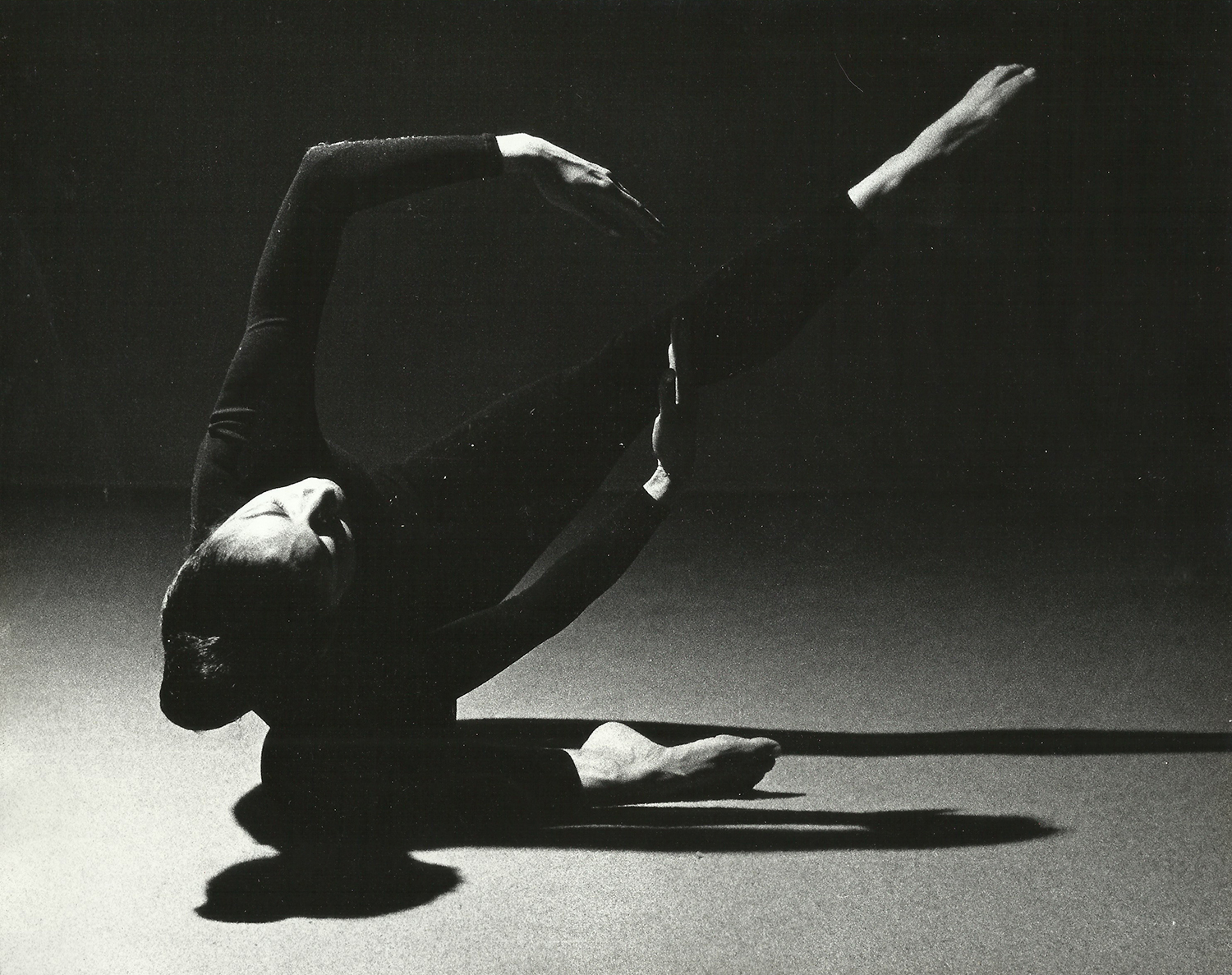


Sonia Sanoja's creative universe arises from an exploration of her visceral impulses. Her work, genuine in content and form, seems to emerge from total abstraction, revealing in her works an ancestral magical quality. Dance, in her, was probably a spontaneous discovery that opened the path of self-taught research in the still-incipient world of modern dance.
Sonia Sanoja belongs to a group of artists that propelled the cultural field in Venezuela during the second half of the 20th century. Amid this creative environment, beyond her choreographic and literary work, she collaborates and establishes a constant dialogue with key artists and authors of the Venezuelan avant-garde, such as Gertrud Goldschmidt (Gego), Colette Delozanne, Jesús Soto, Alfredo del Mónaco, Carlos Sanoja, Alfredo Silva Estrada, Enriqueta Arvelo, and Ana Enriqueta Terán, among others. The dynamic relationship between the various artistic manifestations is evident in her creative processes; thus, the choreographic work she proposes from her original singularity reveals an enormous depth to its meanings, in the way of interpreting and understanding the concepts associated with the creative act.
She began her studies in the Andrés Bello School’s ballet course in Caracas with the Irish teachers Eva and David Grey. She acquired the basics of classical ballet technique with them, but her training in modern dance came later, at the "Teatro de la Danza," the first dance school sponsored by the State. It was created in 1950 by the Mexican dancer, choreographer, and teacher Grishka Holguín, considered the precursor of modern dance in Venezuela.
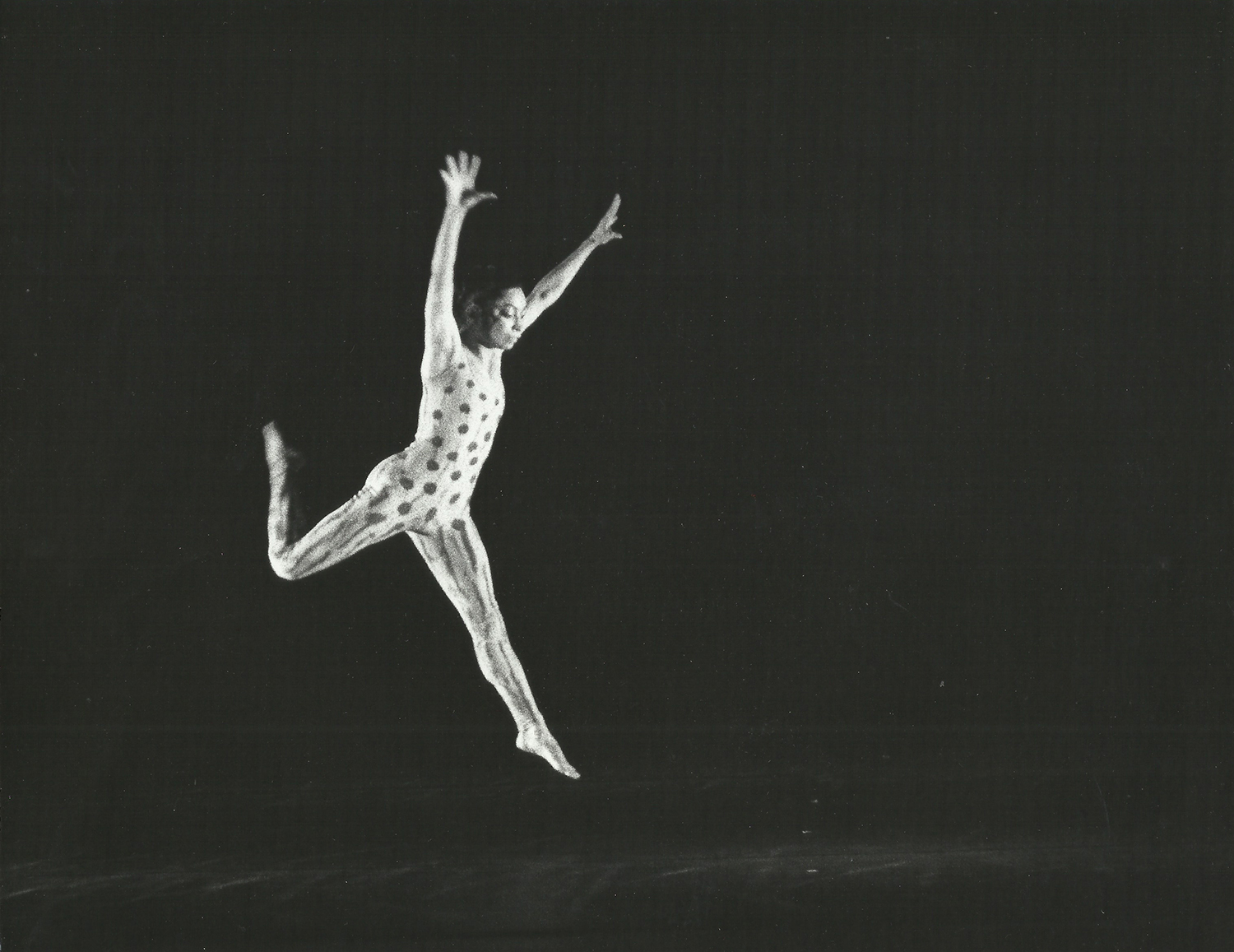
Sonia Sanoja’s studies at the School of Philosophy of the Faculty of Humanities and Education of the Universidad Central de Venezuela were essential for her to identify the ideas that inspired her work. The strong bond that linked her to intellectuals and writers, especially with her partner, the philosopher and poet Alfredo Silva Estrada, defined her approach to creation; together, they traveled to Paris once they finished their university studies.
Her first approach to choreographic creation shows her substance already. In her work Duración Uno y Cuatro [Duration One and Four]—a short one-woman piece created in 1960, in the context of the Young Choreographers Festival held at the Théâtre de la Cité Universitaire in Paris, celebrated by critics as "a small masterpiece"—we can see the originality of her gesture: in this first experiment, through the plasticity of her movements, the dancer reveals what would become the substantial material of her future work. It was just the beginning of a long and extraordinary artistic career.
Sonia Sanoja returns to Caracas and works as a dancer, a choreographer, and a teacher of the group Danzas Venezuela—an artistic project directed by Evelia Beristain. She also presents her first choreographies, which already manifest the experimental and authentic spirit of a choreographer whose strength fascinated by the precision of her gestures, the flawless control of her body, the unusual expression through organic forms, which conveyed a rare beauty, unprecedented on the stages of modern dance.
In 1961, she became co-director of the Fundación Danza Contemporánea, together with Grishka Holguín. This group had the Museo de Bellas Artes de Caracas as its working space and became a dance reference until its dissolution in 1964. In the same decade, she presented for the first time a collection of her solo works in a landmark recital in the experimental spaces of the Teatro del Ateneo de Caracas. With a repertoire as a soloist and choreographer, she began her international tour. In the late 1960s, she returned to Paris for a short stay as a fellow of the Fundación Fina Gómez. In addition to continuing to develop her individual choreographic research, she took part in performative actions with other Venezuelan artists living in the French capital.
Back in Caracas, in 1970, she directed the Compañía Nacional de Danza and, at the same time, she created her own group: Sonia Sanoja Danza Contemporánea de Venezuela, with whom she performed in several cities around the country and abroad. Her extraordinary teaching activity accompanied her at all times. Although the paths she took in this field seem less visible, we must point out that, as a researcher, her processes were characterized by a rich exchange of knowledge and multidisciplinary integration. Her ceaseless work expanded throughout the entire Venezuelan geography. She devoted special attention to the development of dance teaching and promotion in university spaces. In the 1970s, she was appointed director of the Dance Department of the National Institute of Culture and Fine Arts (INCIBA), and she also founded the Choreographic Center of the Simón Bolívar University in Caracas.
In the last decades of the 20th century, she developed her practice in the Permanent Training Workshop of the Instituto Superior de Danza de Caracas; later, she became a founding member of the Board of Directors of the Instituto Universitario de Danza. Her presence in these spaces was absolutely essential for those of us artists and teachers who were involved in this pioneering project for academic training in contemporary dance. In addition to teaching the chair of Social History of Art, she directed the postgraduate extension course entitled "La Danza y la Palabra" [Dance and Word] within the program Las Fronteras del Cuerpo [The Frontiers of the Body]. In 2008, the Instituto was merged into the Universidad Nacional Experimental de las Artes (UNEARTE). In 2009, she received the title of Honorary Teacher of this university.
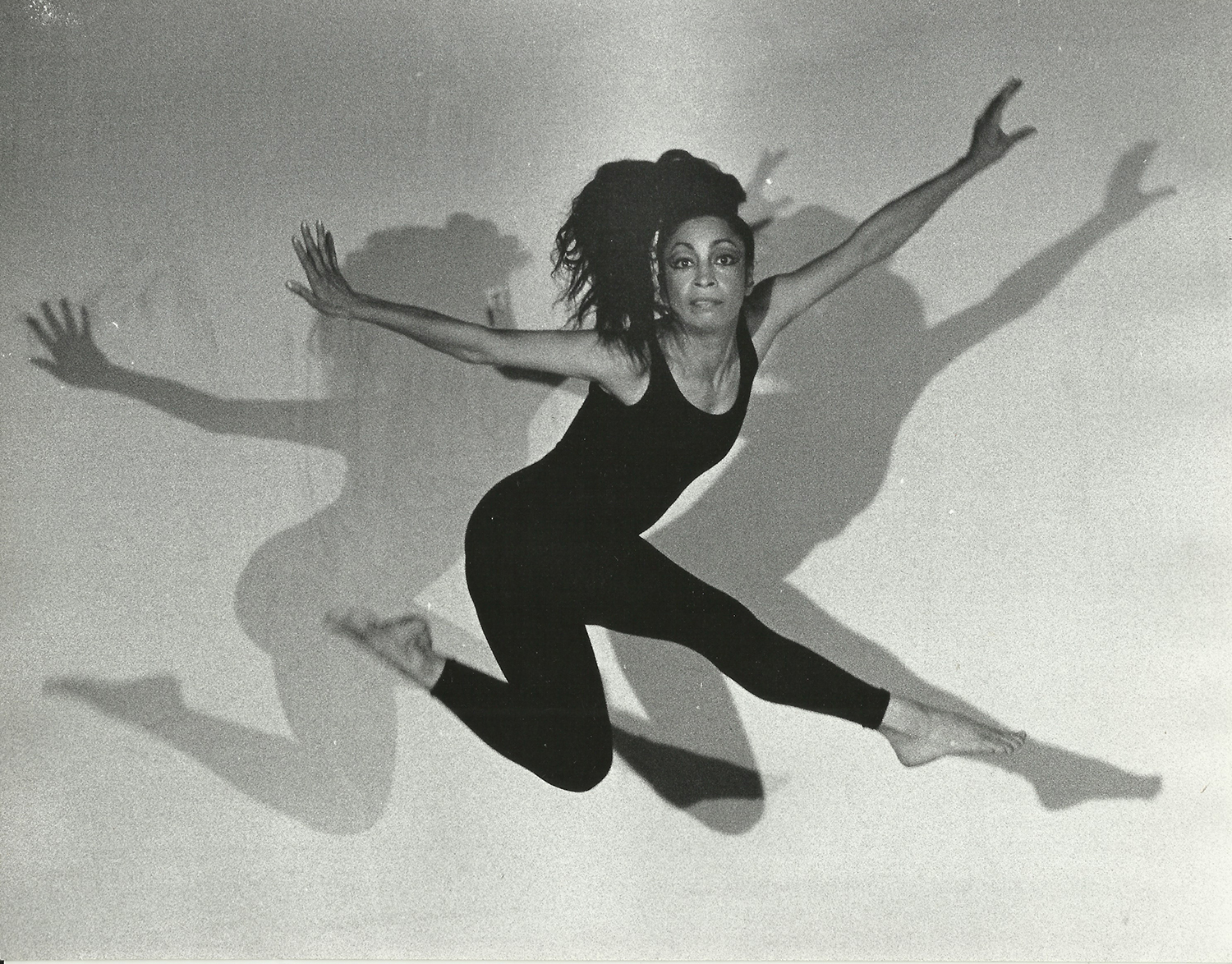
Sonia Sanoja's teachings emerge from her body’s instinctive and ancestral nature. Both in her gestures and words, the inquiry into questions regarding the meanings of being, space, and time is evident. Hence, as a whole, her dance transcends the intimately personal by addressing philosophical concepts that sustain the poetic and expressive act of the stage work. Her classes were oriented toward freedom in the inquiry into these elements, based on her self-taught experience. Sonia Sanoja led her students towards a true exploration of the principles of dance as a manifestation of the spirit.
In her later years, she remained active on stage and in the classroom, with more than fifty choreographic works to her credit. Her authentic and enigmatic figure has remained indelible in our memory. Her particular way of accompanying young dancers in their research processes is rather reminiscent of a shaman magically guiding her disciples. On this path, her pertinent words, her eloquent silence, the plasticity of her sculptural body, her enlightened ideas, and her magical visions guided several generations towards reflexive self-consciousness in the creation of a dance of the essential being.
THE THINKING: On the Concepts Proposed
«The body as a possibility of thought:
More than just the thinking body:
A body that becomes thought, going out of itself, expands.» [3]
Sonia Sanoja taught while working on her own body. Her work consists of propositions derived from her intimate experience, moving from within herself through the very occurrence, she dialogues with the bodies present, seeking to communicate through action and with her energy the totality of an ancestral knowledge. In the course of the dance itself, questions open up, ideas are proposed and, in this act, her thinking flows, moving between the logic of the method and the pure energetic instinct.
In the classroom, as a teacher, she invites reflection on the concepts linked to the very nature of the body through a unique set of sensory expressions, but she does not discard the word; on the contrary, she integrates it as a fundamental tool for structuring and organizing the body image and the concepts of energy, space, and time. The experience transcends the limits of dance and extends into other realms of knowledge such as poetry, history, and philosophy. Sonia's dance emerges from a living space; it is the place itself that opens up. This space created by the artist is unique, which makes it impossible to compare her proposals with those of others. This principle of authenticity in her processes was not exclusive to the teacher but was rather part of the genesis of an art that was only emerging in those years: modern dance.
Through words and physical action, she set out to stimulate and provoke in each subject a process of individual research into the nature of time, the reality of space, and a deep exploration of the authentic impulses of flow and direction of the energy within the moving body. From each body present, a collective act occurs at the same time, which has the function of connecting all the bodies involved in the dance inside a magical and particular field of knowledge and universal culture. Sonia Sanoja regarded dance as a total universal entity belonging to every single one of the dancing bodies.
THE SUBSTANCE: On the Method Developed
«Merely a breath is the initial impulse.
With a breathed rhythm, a subterranean force projects us in inexhaustible variations, taking us towards sense. We feel it dwelling in us.
The sense is embodied, allowing itself to be seen.»[4]
Contemporary dance is a territory for delving into the inner universe of the creative dancer and their interpretation of the cultural environment; this is how Sonia Sanoja understood it. Along these lines, in her proposals, she advocated for full creative freedom, the author's work, and the solitary gaze from the inner feeling and subjectivity in the face of a wide world that does not contemplate limits. Hence, her teaching-learning processes and the methods applied are based on the exchange of experiences nested in the body, which come from the most intimate and subjective spaces of the being, proposing the integration of emotions and reason as a logical model.
The dance we learned from Sonia Sanoja shows its emancipating force, proposing, together with her contemporaries, a new philosophical understanding of the body. It was precisely about restoring the split relationship of body, mind, and spirit, and for this, she approached the study of the sensitive body and its expression from multiple fields.
In dance, knowledge is first constructed in the experience of the body through the external senses, since at the same instant the neuromuscular effort to dance is made, the internal senses manifest through the excitation of the central organ, where the sensory images are born, which in turn affect knowledge. Sonia Sanoja starts her dance with the essential principle: breathing. Inspiration-expiration: through this elemental action, she reveals in her dancing the unequivocal interaction of the internal world with the external world; this fantastic synergy is expressed entirely in the poetics of her dance.
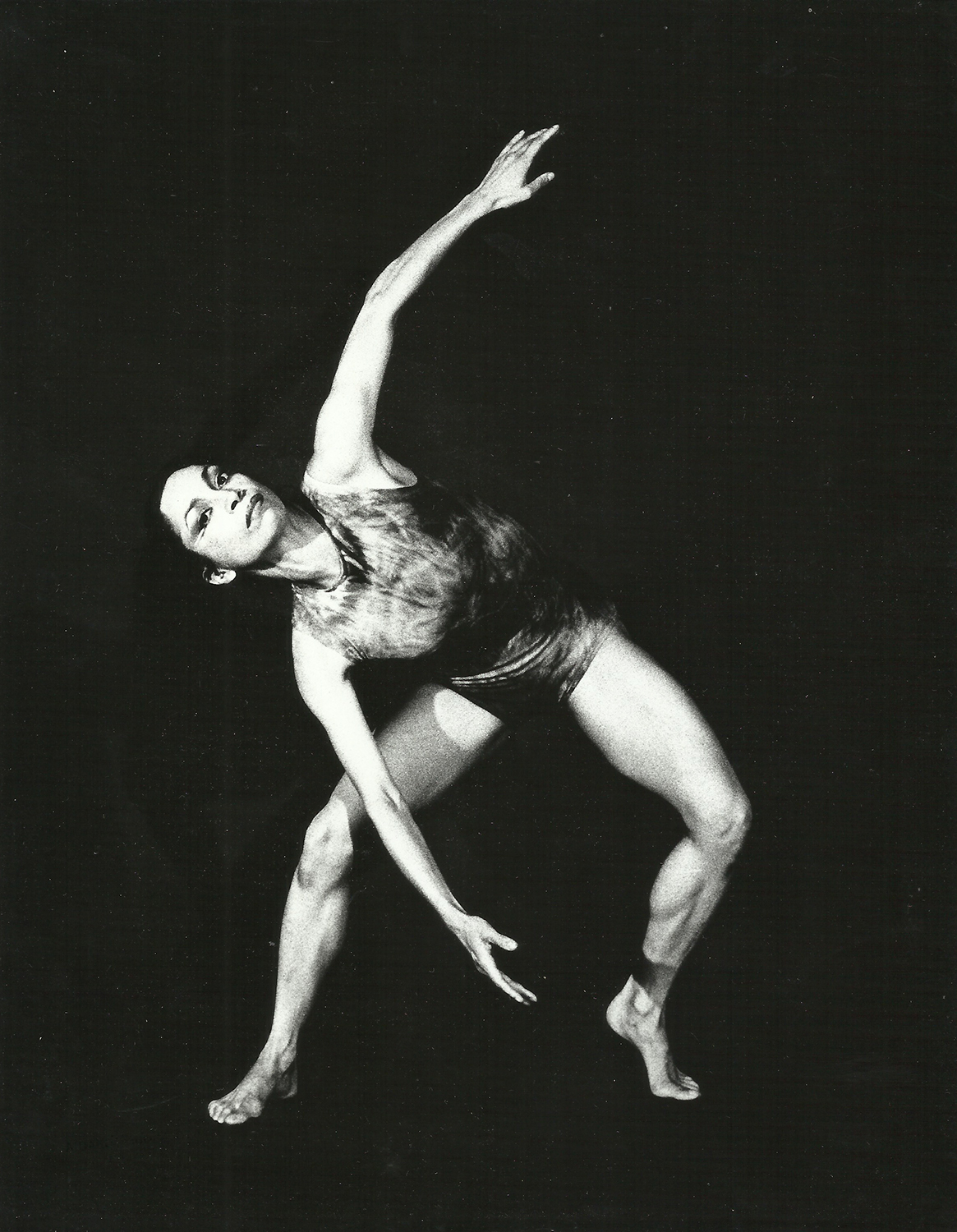
The content of her lessons comes from philosophical ideas about time and space, which are concepts that form the axis of much of her poetic work and, of course, of her choreographic studies. In her processes, she proposes the idea of a four-dimensionality of space for the performance and spatial composition of her works: the space determined by the limits of the epidermis, which explores physiological sensations through breathing; the space reached by the body as it extends its limbs in all directions; the stage space in which the body moves and designs the choreographic paths; and finally, the space beyond the reach of the external senses, which is evoked through imagination. Regarding time, her texts refer to a subjective time that expands or contracts and an objective and finite time; both add meaning to her poetics of composition.
In her explorations, Sonia Sanoja delves into the biomechanical possibilities through improvisation. From her natural impulse and without sticking to any formulas, departing from authentic movement, non-codified body forms that respond to natural principles emerge; thus, the spine articulates, folds, and extends sketching millenary forms, connecting through its vibration the head to the pelvis. Through these ancestral movements, she integrates thought, instinct, and emotion, producing content filled with symbols and meaning in her dance. As an example of these experiences, we can see in her debut piece Duración Uno y Cuatro, how a folded volume in the center of an empty space, under the sculptural light, almost imperceptibly begins a dance of pure exploration of its internal space; the movements originate in the guts and unfold in an unusual time towards the upper limbs; rooted to the earth, the body breathes and questions the origin of life, its breathing dictates the rhythm; the poetic word of Alfredo Silva Estrada emerges from another space, and suddenly, the primordial organic form has been transformed into life and death, instinct and reason, earth and sky. It is the beginning of everything and the return to the origin.
Thus, in the meetings with the students, the complex relationship between body, reason, and spirit was discussed in theory and practice as a key to the development of the creative dancer. The goal was to know and explore the tools for creating a dance that would reveal at the moment a transcendent truth.
THE MYSTERY: On Teaching Interactions
«The walls move away, I radiate. I place myself in the open sky. The starting point is this imagined land. I build the circle of a zero. I surrender myself to the free play of expansion and limit.»[5]
The nature of the teacher-disciple relationship is preciously fundamental; through this interaction, the conceptual and aesthetic precepts she proposes evolve. The teacher does not impose nor set limits; she does not pretend to convince the ductile bodies to dance under a preconceived scheme but opens the paths of experimentation by awakening the senses and consciousness, encouraging the participants to create in their own original way.
Sonia Sanoja allows herself to be surprised by the proposals she receives and appreciates them as germinating seeds of a future, a preview, the preceding gesture is understood as a legacy of the past, as a means of connection between the being of oneself and the whole field of knowledge that precedes, which is endlessly built throughout time, guaranteeing the living presence of dance. The teacher appears, disappears, and reappears, transforming herself through an interesting process of alchemy, her metamorphosis shows her incredible capacity to materialize the invisible and to understand dance as a manifestation of the spirit.

The Being lives surrounded by spirits, attempting to become an individual, in contradiction with the demands of our species; life and death encompass the two great myths that make up the human being, and from there, the magic that brings together the being, time, and space emerges. Sonia Sanoja's singular contribution recovers an important place in thought amidst the immediacy of an ephemeral art such as this. Sonia Sanoja's teachings hold within them a necessary mystery, her powerful body is capable of challenging time and space. She brings notions and ideas from the past to the present and her voice conveys the strength of the total poem. Her dance shows us that the real is less material than it seems and that the imaginary is much more real than we think.
